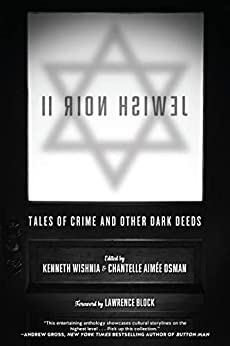
The familiar traveler’s dilemma—what books to pack?—was easily solved for a recent trip to New Orleans. I had already set aside two ideal reads: my friend Tracie Provost’s New Orleans-based Under the Harvest Moon (book two in her under the moon series) and a collection of short stories about the Crescent City published by Akashic. As it turned out, both were entertaining late-evening companions.
Tracie Provost’s books are packed with paranormal events, with vampires and werewolves and mages. Not at all the kind of book I usually read, so kind of thrilling as a result. Provost is so skilled at creating a consistent world for her unusual characters, with their unusual talents, that I’m never caught up short, thinking “Wait a minute . . .” Her heroine is Juliette de Grammont, a healer and a magic-using vampire, who had been staked for centuries and only recently revived. Still a young beautiful woman, Juliette’s occasionally dated ideas and struggles with technology amuse her millennial assistant, Jaime.
When the story begins, a New Orleans police detective who understands Juliette’s special powers calls her in to analyze a crime scene where a vampire and his girlfriend are both dead in a ritual killing. What has taken place, who is doing it, and why become more mysterious and more important as the number of killings increase.
There’s intrigue among the various covens in the city. Juliette’s coven has been reduced to her and Jaime, as its other members recently staged an unsuccessful coup against the City’s Grandmaster. A few from her coven were killed, but most are still out there . . . somewhere . . . As the risks mount and the evil motivation behind the killings gradually emerges, Juliette and her lover Josh must look for help from unusual sources—including the pack of werewolves living outside the city—for protection and help.
Provost makes the interactions among the characters quite real, almost ordinary—well, almost. She makes them eminently practical. For example, there’s someone they can call who comes with an after-crime clean-up team (he used to work for Al Capone) in order to hide various crimes. In fact, there’s a whole group of mages whose job it is to keep the paranormal world secret—the Gatekeepers. Even select members of the NOPD are in on it.
When you finish Under the Harvest Moon, you can be sure there’s a Book 3 on the way, and will await it eagerly! (You may want to use one of my affiliate links to find it on Amazon, as several books have this title.)
New Orleans Noir: The Classics
This collection, edited by Julie Smith, is a bit different than the usual Akashic collection, in that the 18 stories are not all contemporary. In fact, the earliest is from 1843. They include entries from revered authors like O.Henry, Eudora Welty, and Tennessee Williams, as well as modern masters like James Lee Burke and Ace Atkins.
Overall, they provide a rich portrait of the city, its contrasts and its corruptions, its amusements and its shenanigans, as seen through these different eyes, with their very different, if precise ways of seeing. Quite a nice collection!











